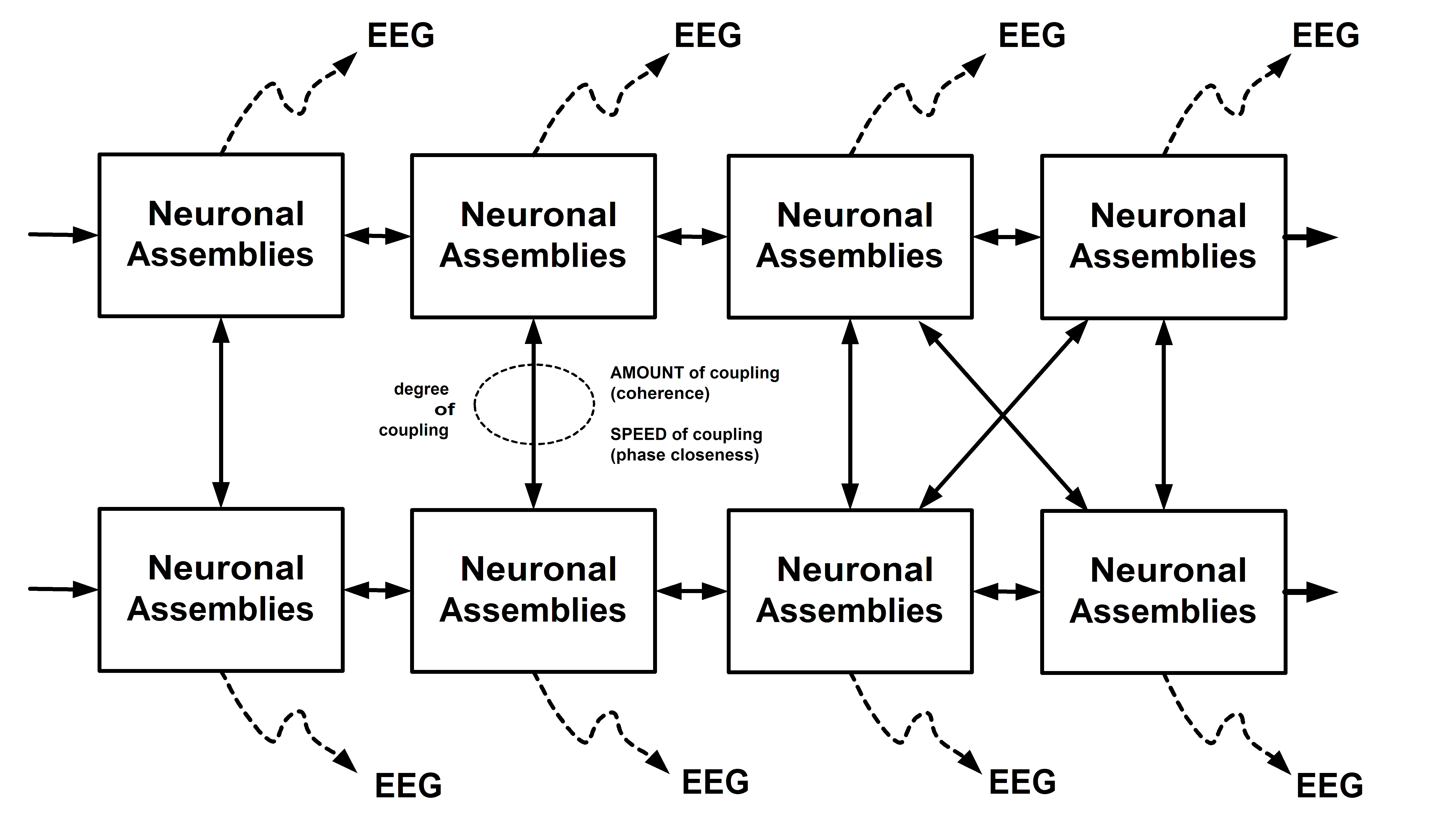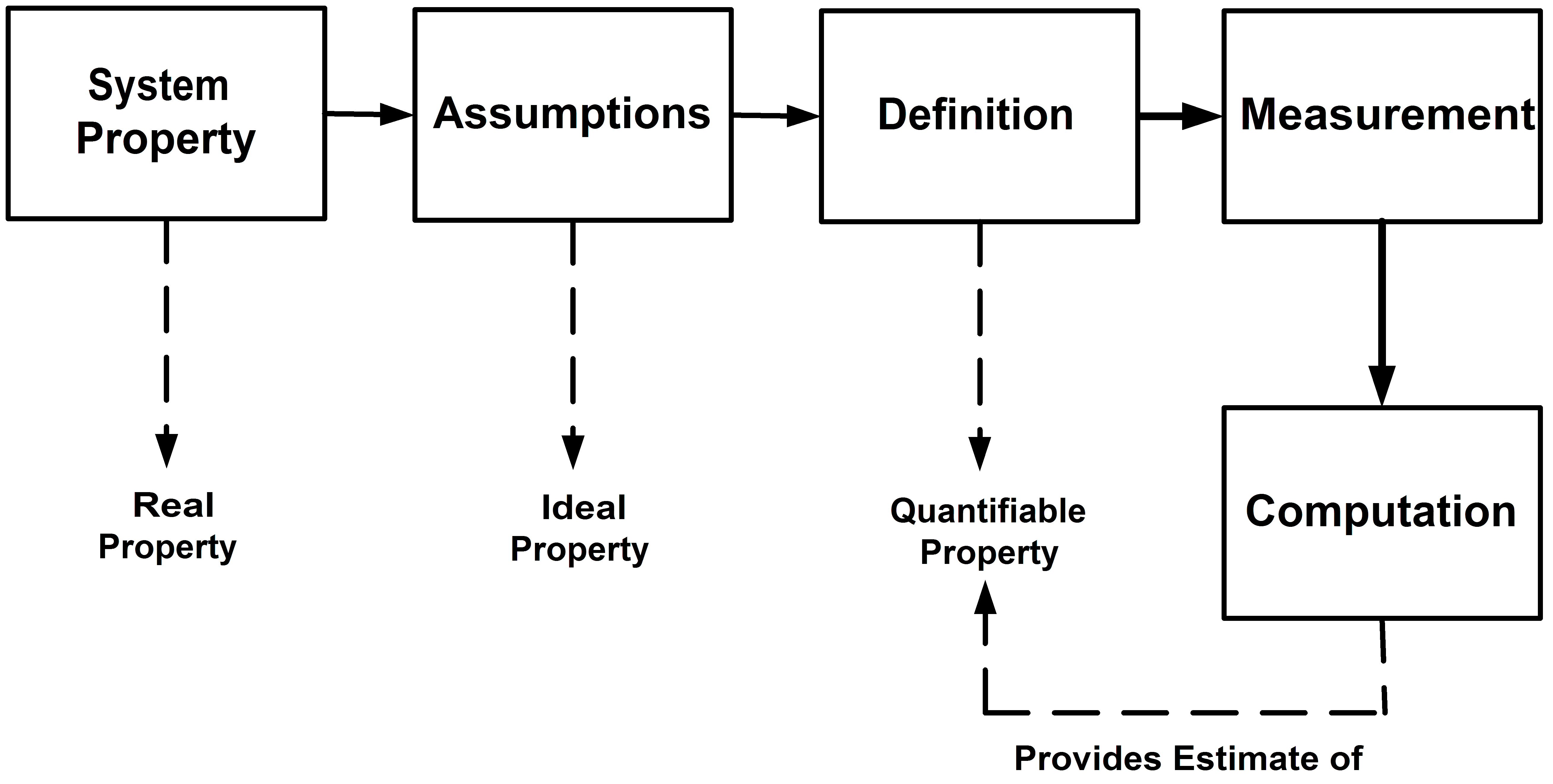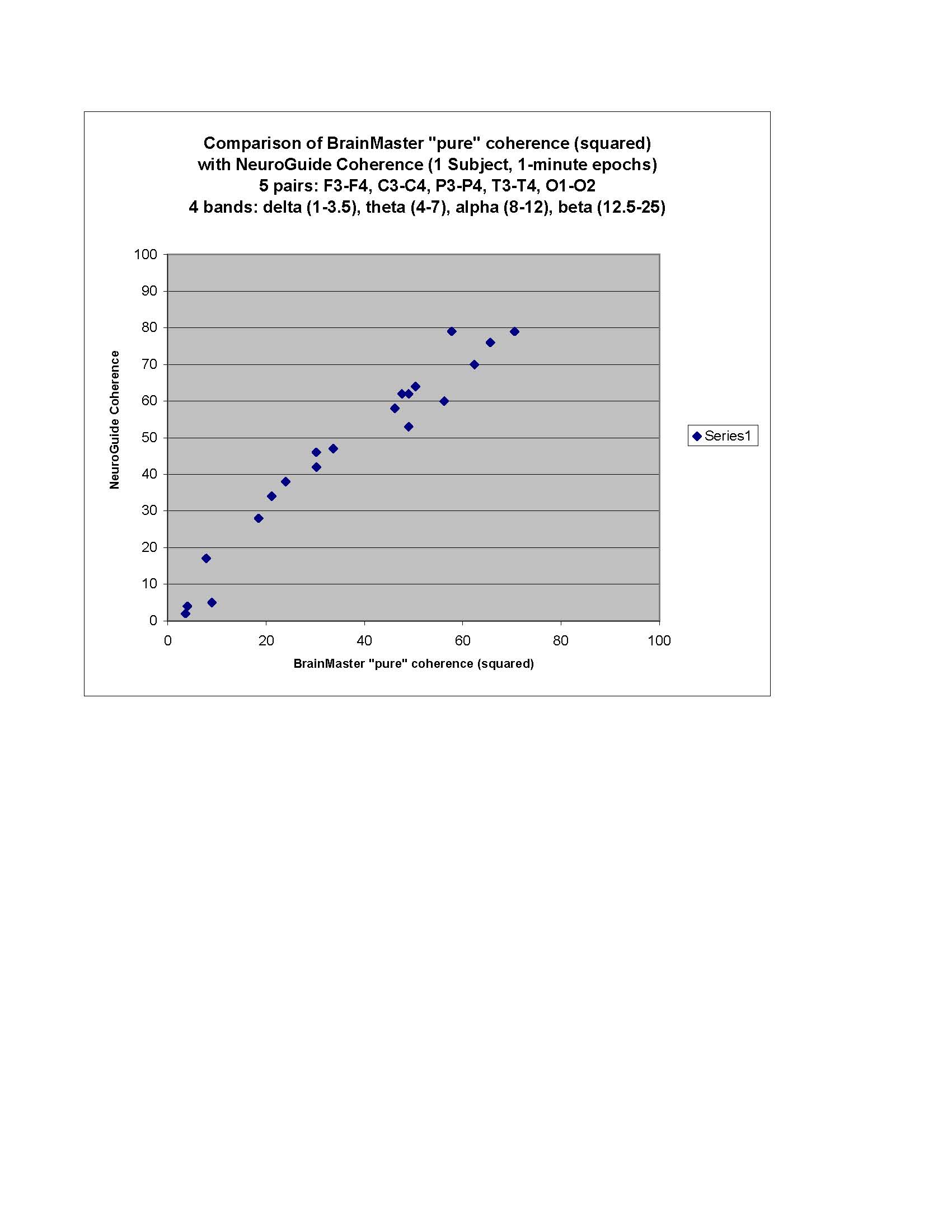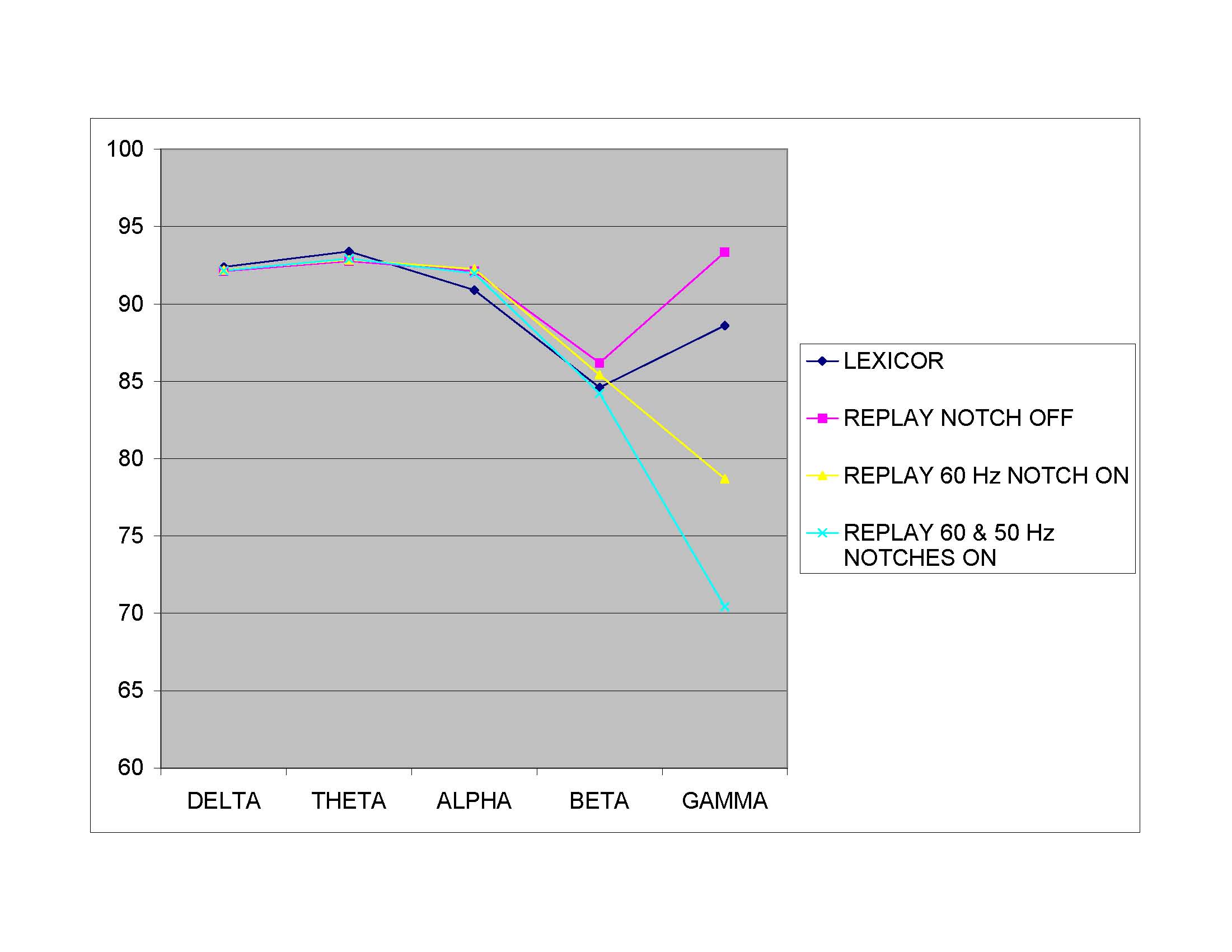The attached article and references have been published in the Journal of Neurotherapy.
The following link is directly to an online pdf file:
Disclaimer: This content was generated with the assistance of AI and then reviewed and edited by BrainMaster Technologies, Inc. It is provided for educational and informational purposes only and does not constitute medical advice.
Towards a Coherent View of Brain Connectivity – Summary #
Overview #
This peer-reviewed article by Thomas F. Collura, PhD, published in the Journal of Neurotherapy (2008), provides a unified understanding of EEG-based brain connectivity and its application in quantitative EEG (QEEG) assessment and neurofeedback training.
Background #
The electroencephalogram (EEG) offers a unique window into the real-time dynamics of cortical and subcortical neural networks. Collura explains how both local synchronization and long-range coherence reflect brain function, and how specific mathematical measures can capture these connections for both research and clinical training.
Connectivity Measures Explained #
The paper details several quantitative measures used to analyze EEG connectivity:
-
Classical Coherence: Evaluates stable phase relationships between EEG sites using cross-spectral analysis.
-
Spectral Correlation Coefficient (SCC): Measures similarity in frequency amplitude profiles across channels.
-
Comodulation: Examines correlated amplitude fluctuations over time.
-
Phase Difference: Quantifies relative timing between oscillatory signals.
-
Similarity (Synchrony): Combines amplitude and phase similarity.
-
Asymmetry: Evaluates differences in power between regions, particularly inter- and intra-hemispheric.
-
Raw Waveform Calculations: Uses summed or differenced EEG signals to visualize synchronous and asynchronous components (as illustrated in Figure 4, p.105).
Key Findings #
-
Both real-time and post-processed methods can produce valid connectivity measures when calibrated properly.
-
Training to the norm—using z-score–based feedback—is the most stable and predictable approach for clinical neurofeedback.
-
Over- or under-coherence (hyper- or hypocoherence) can negatively affect neural function, emphasizing the need for normative data and controlled training.
-
A framework (Table 1–2, pp.106-107) outlines each measure’s sensitivity and its potential for up- or down-training neuronal connectivity.












